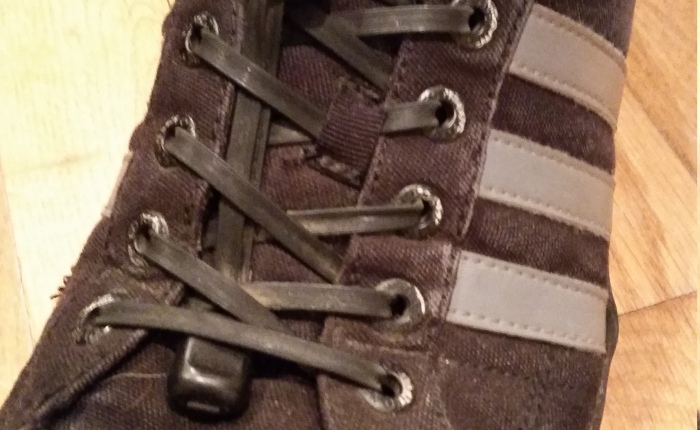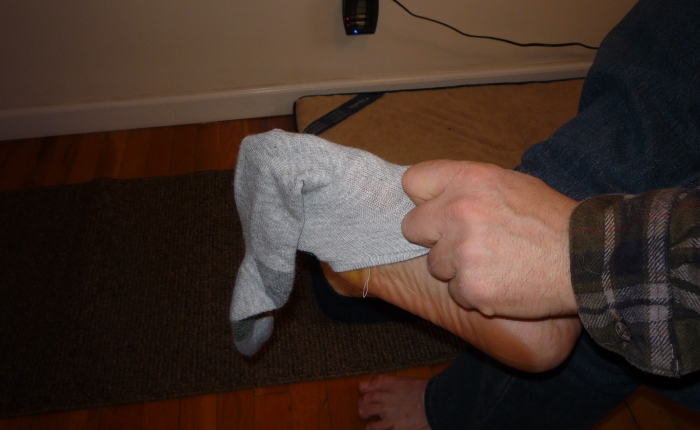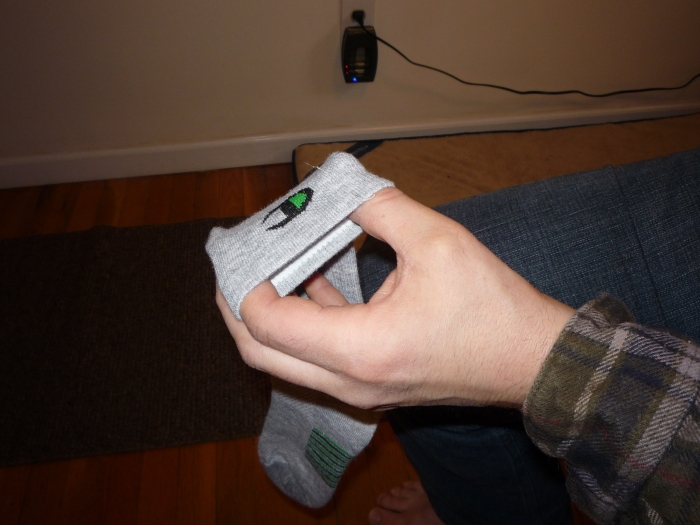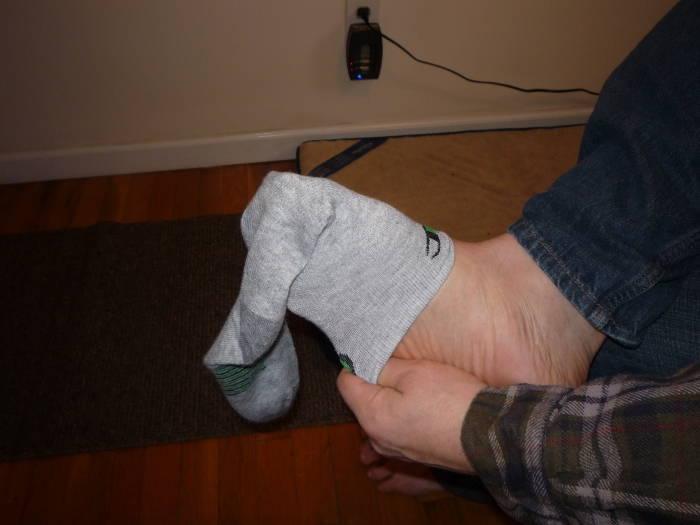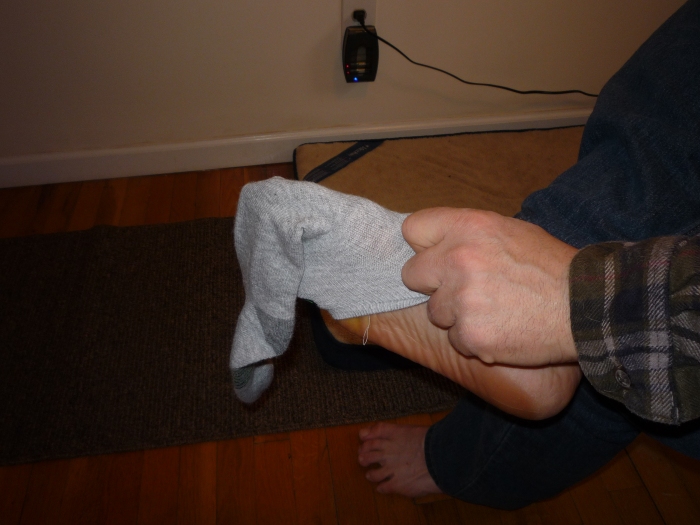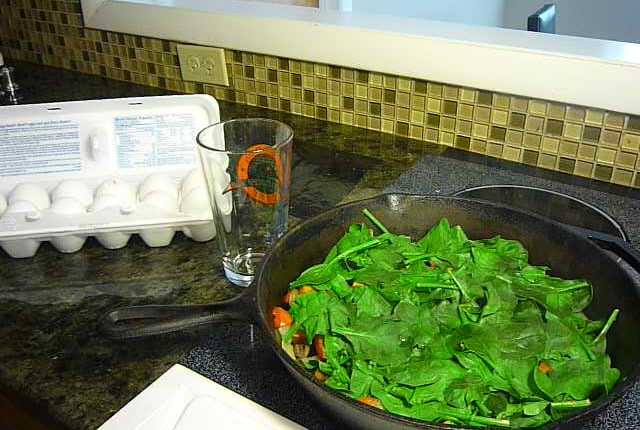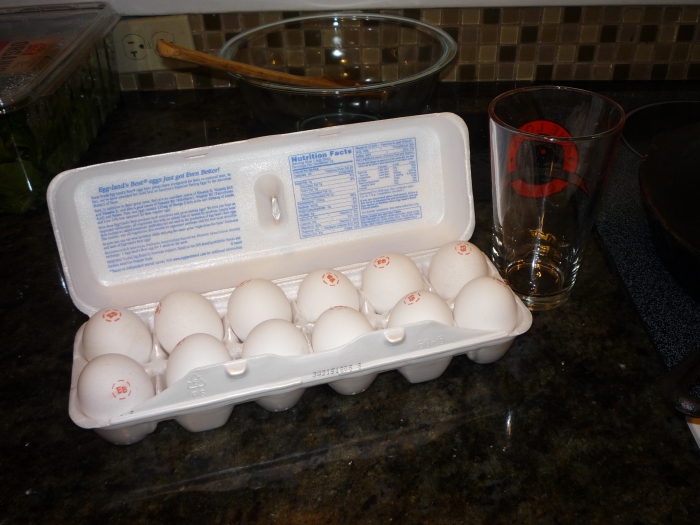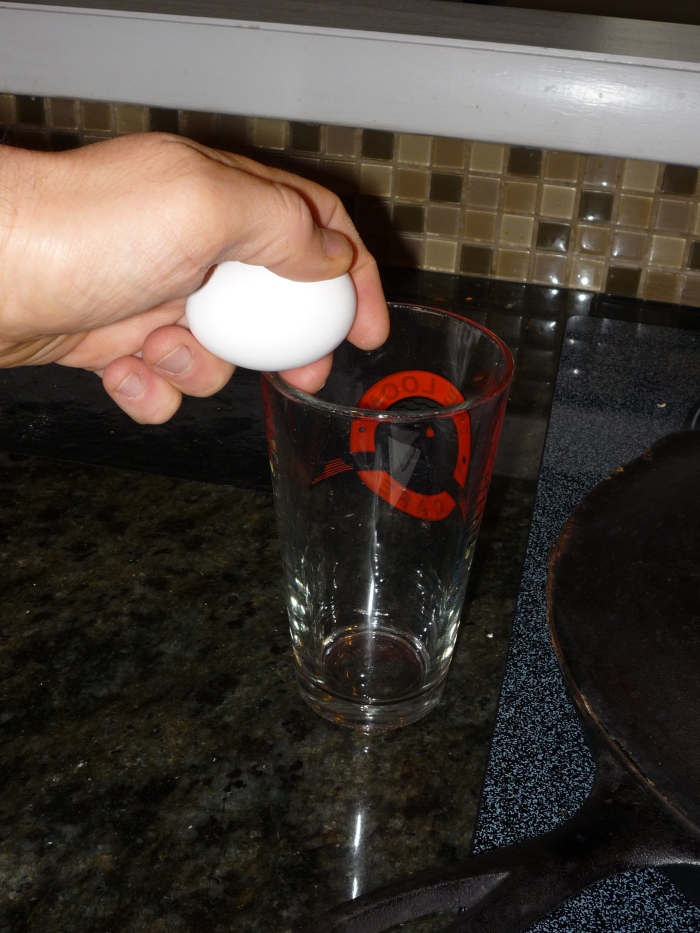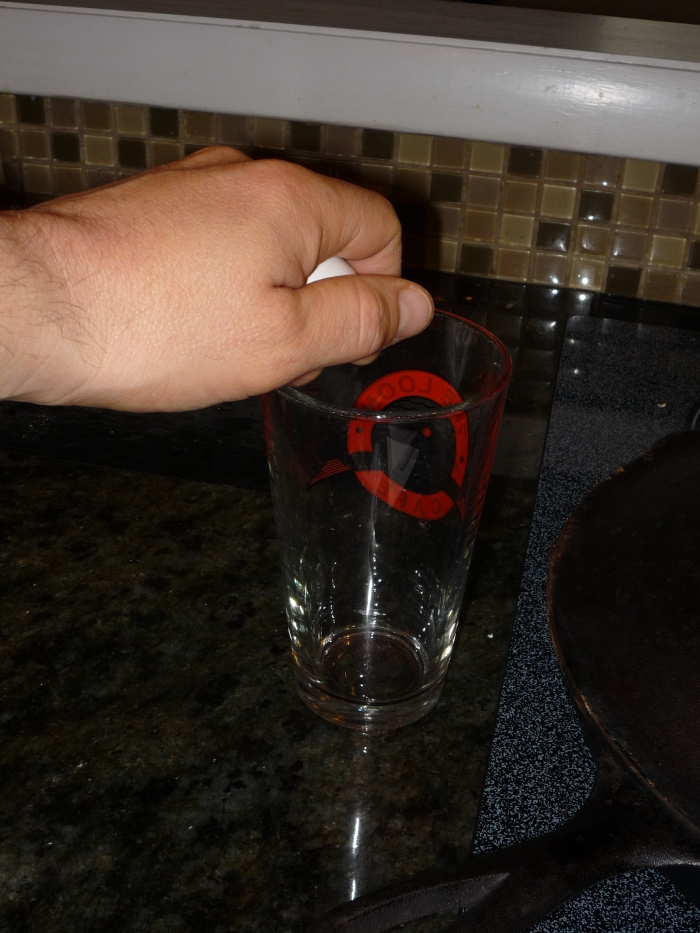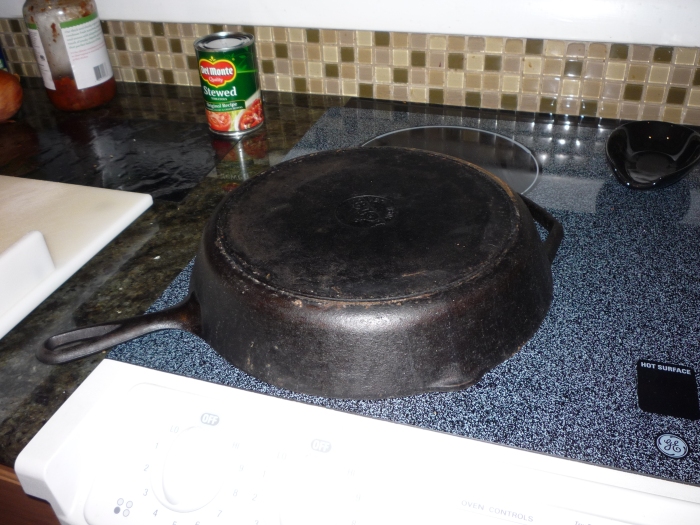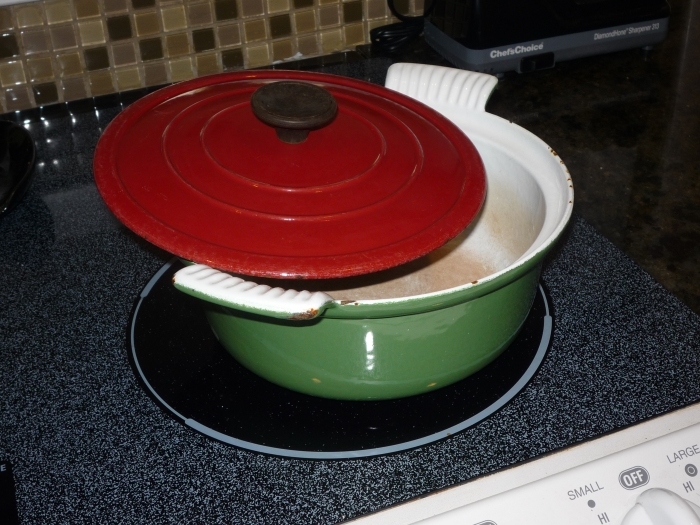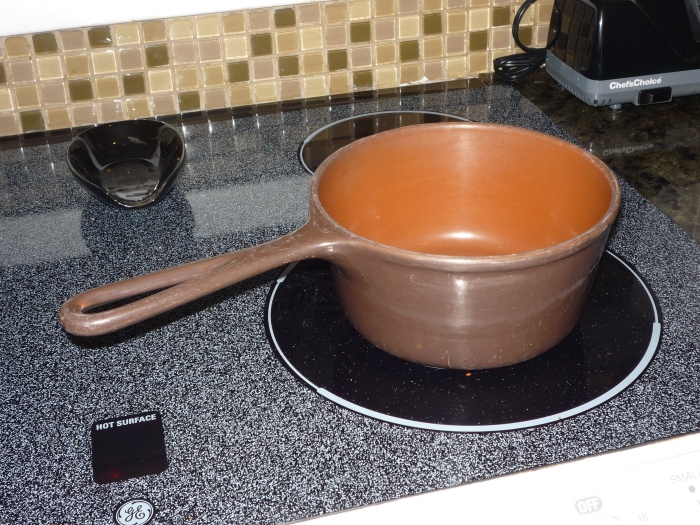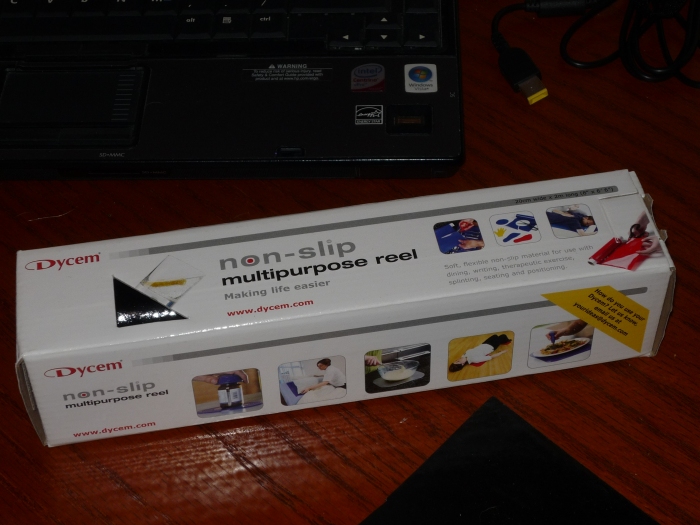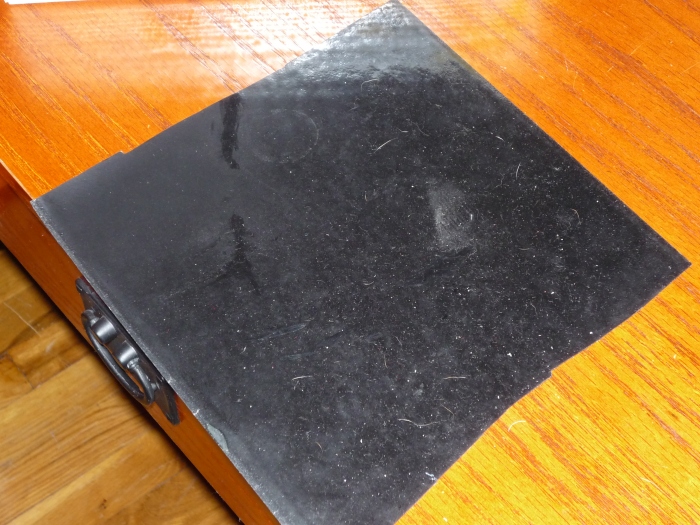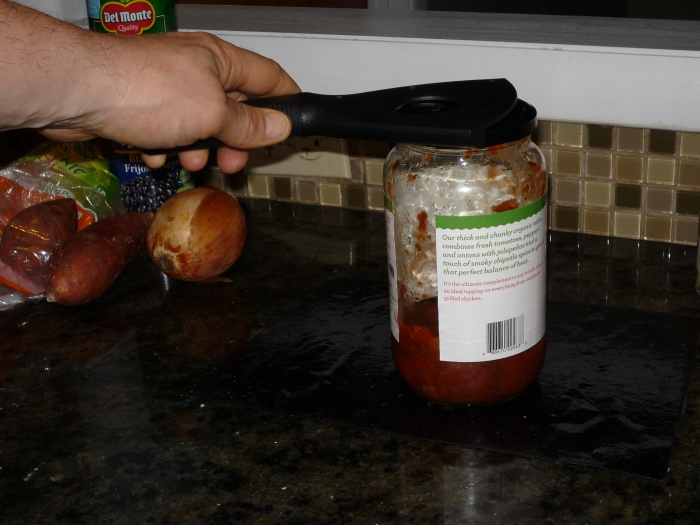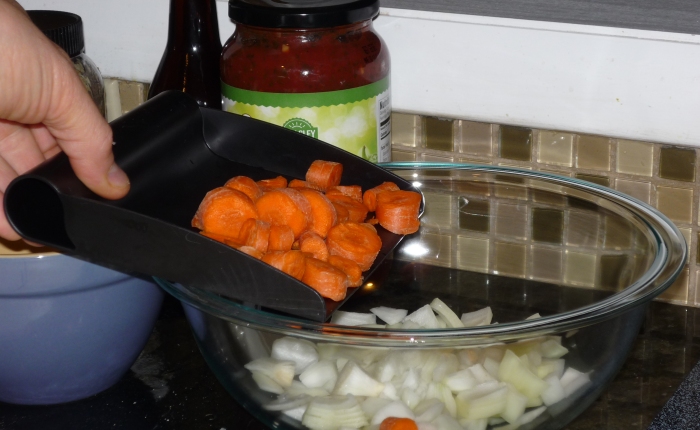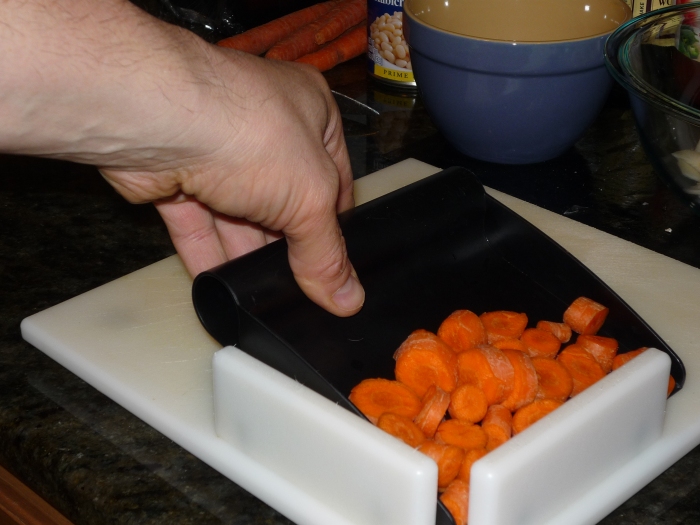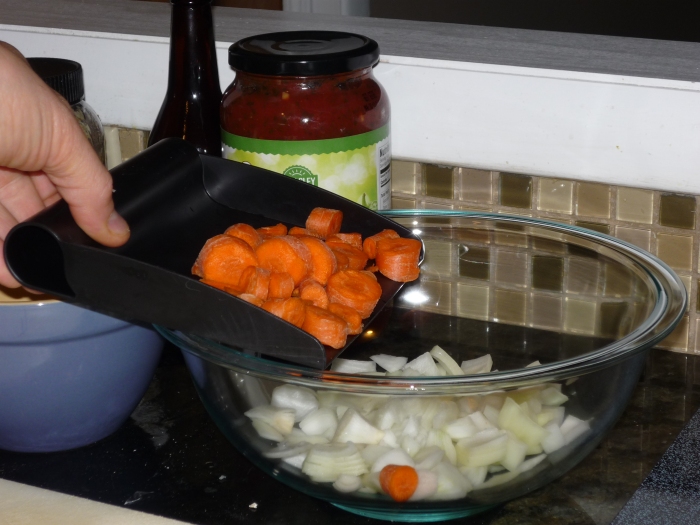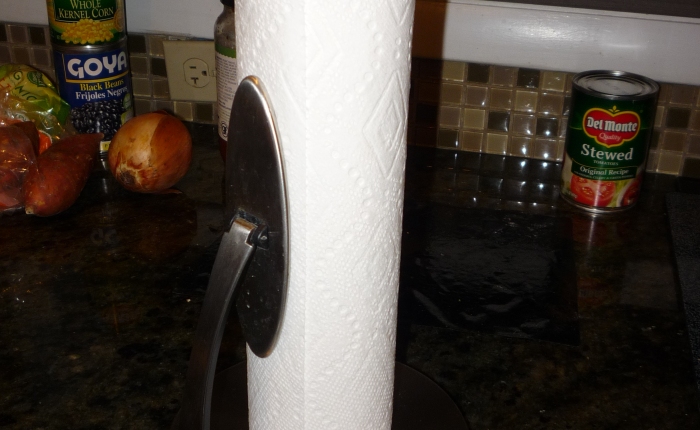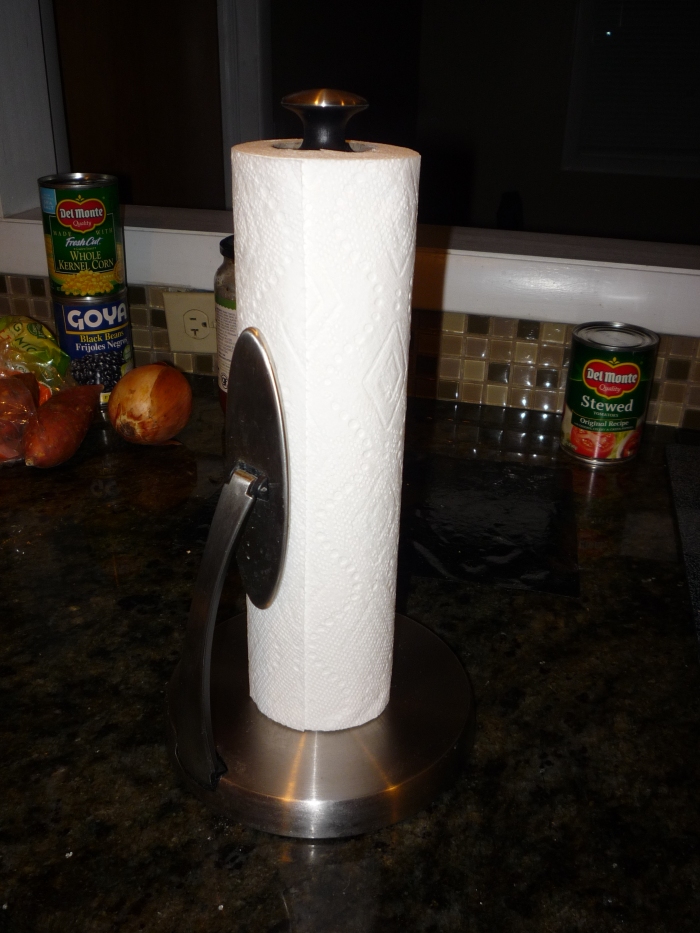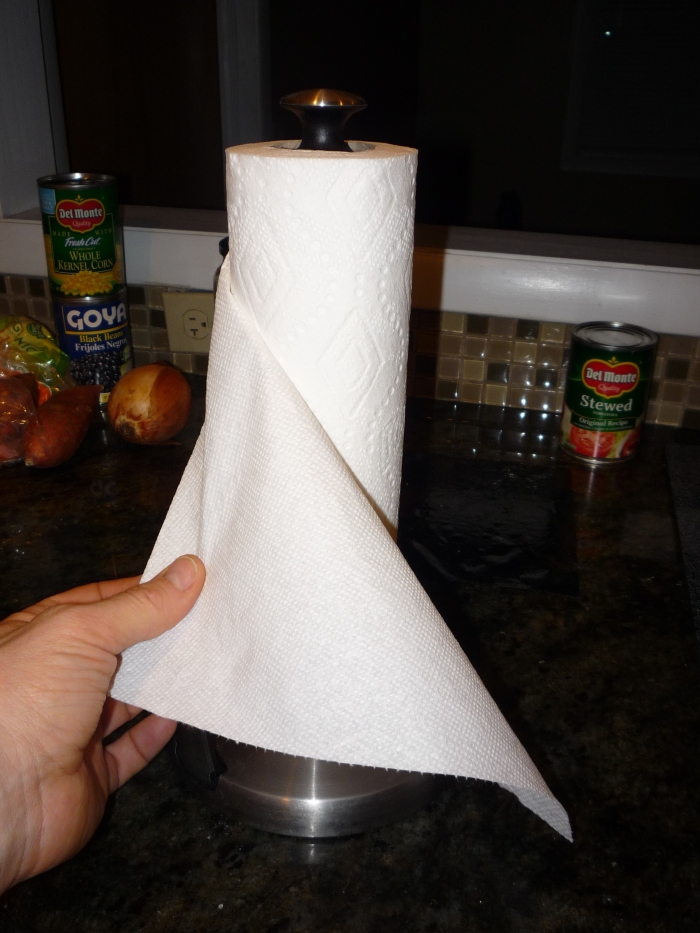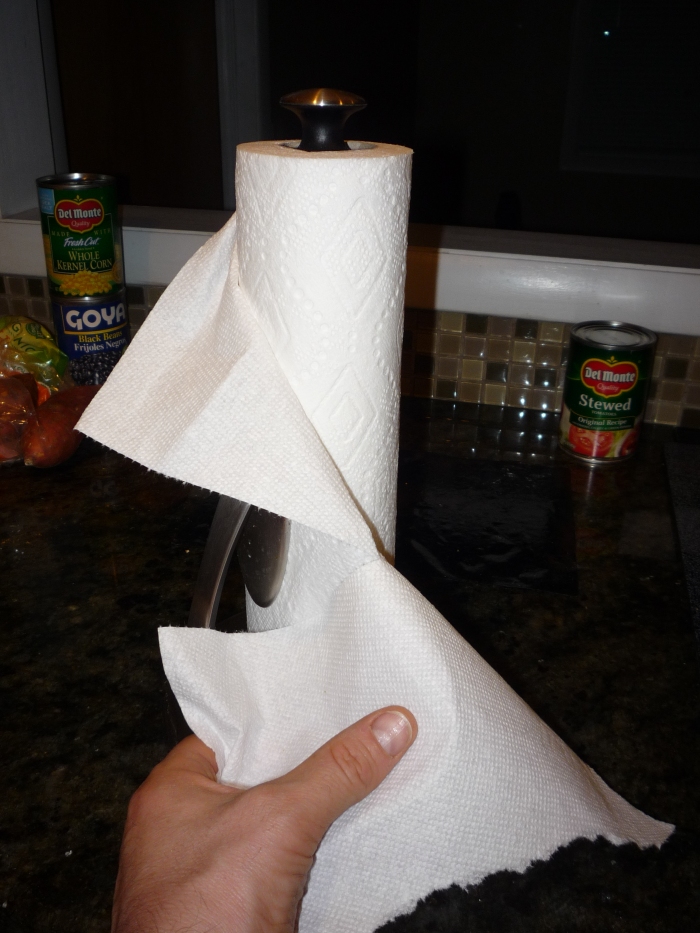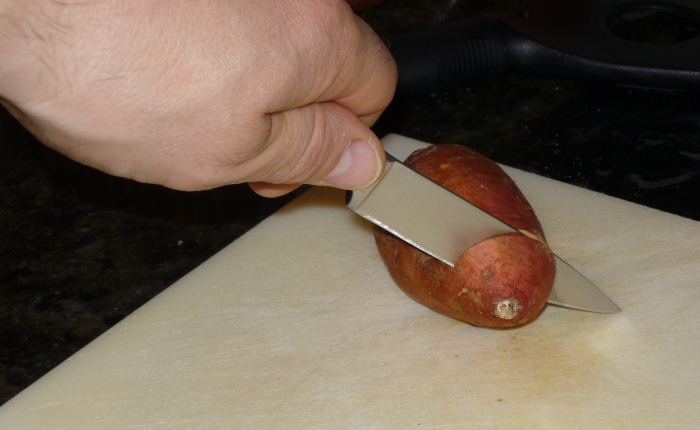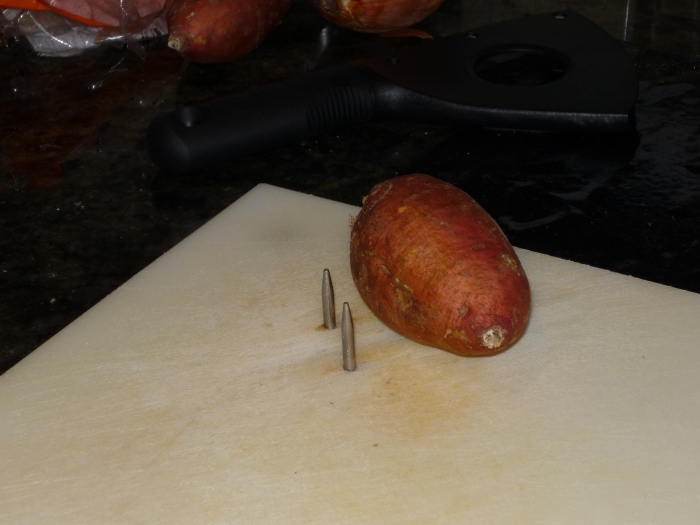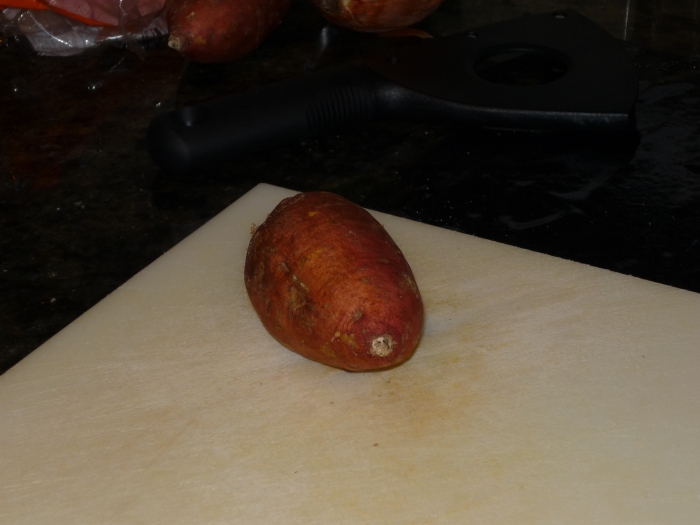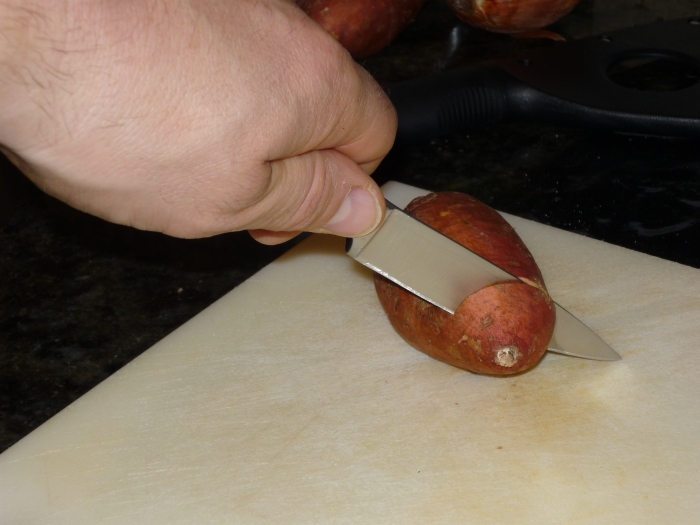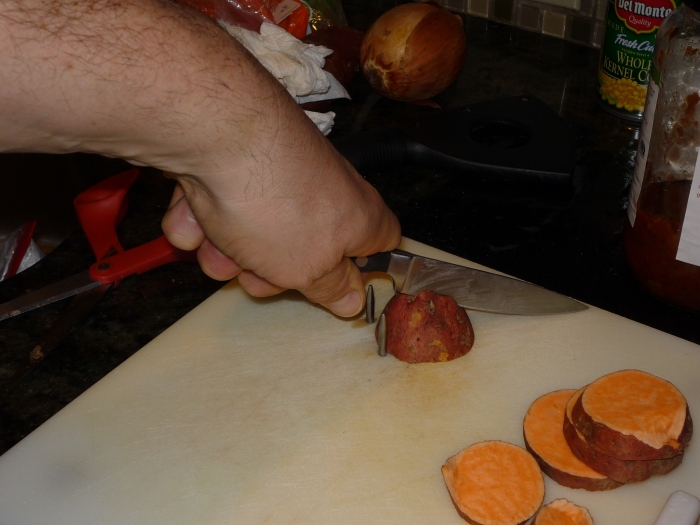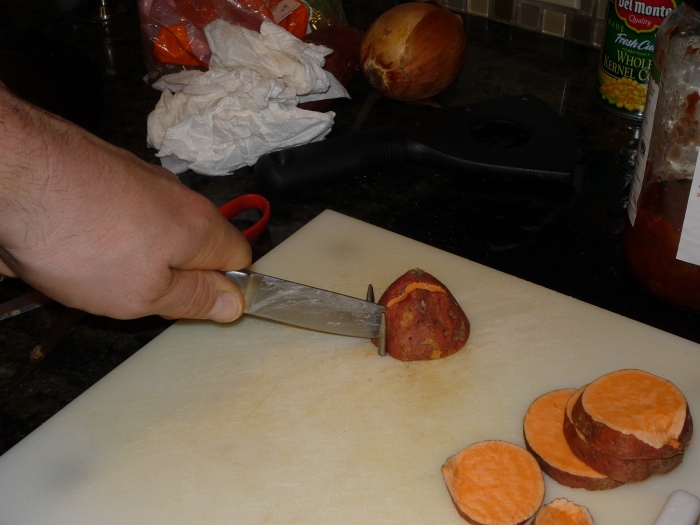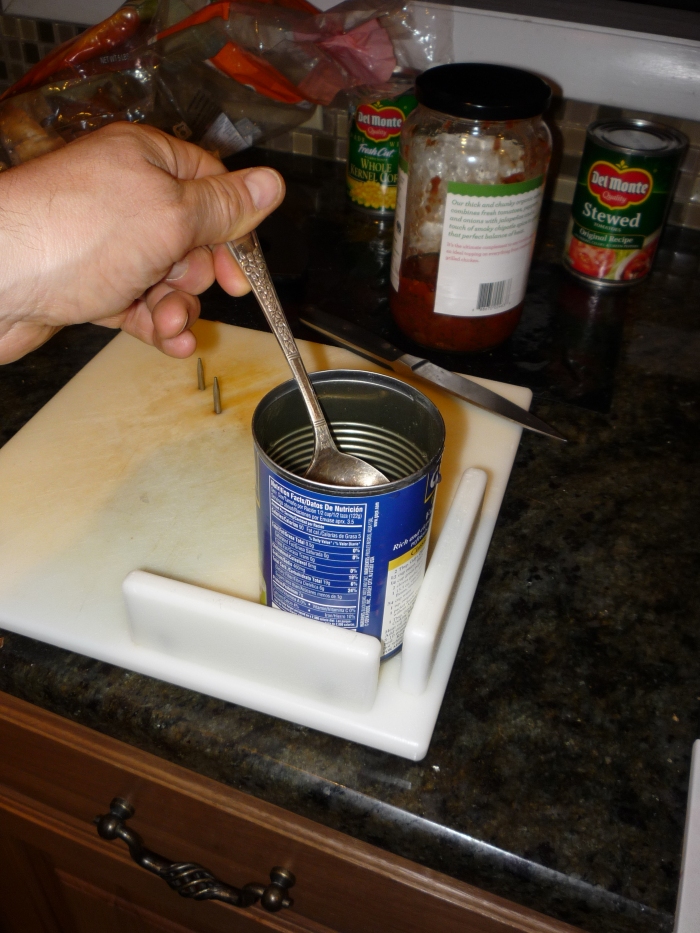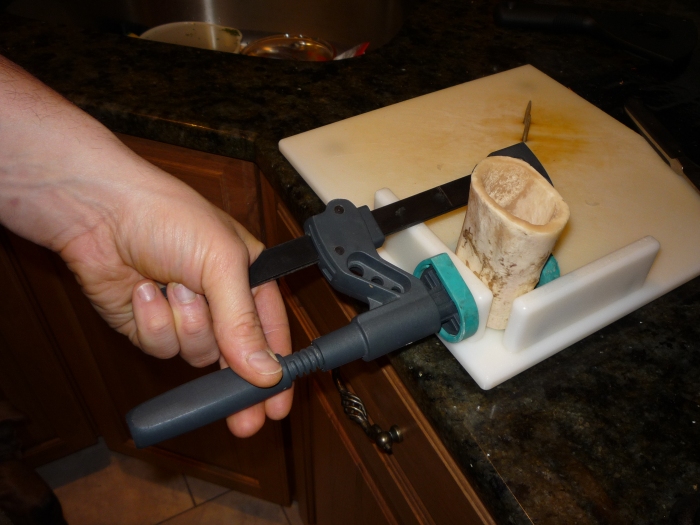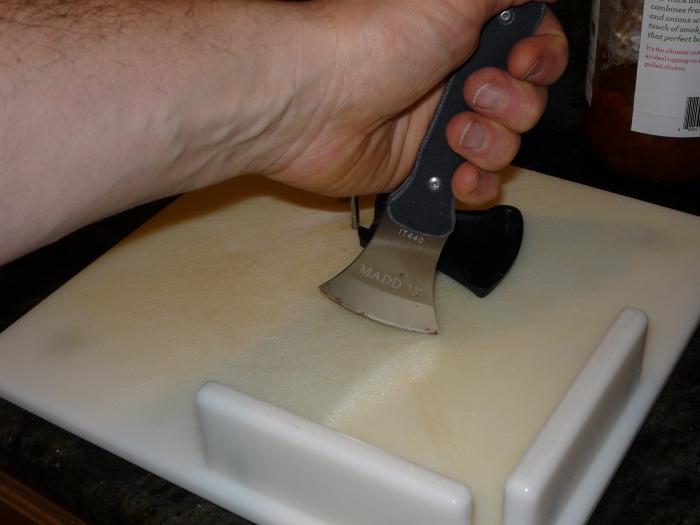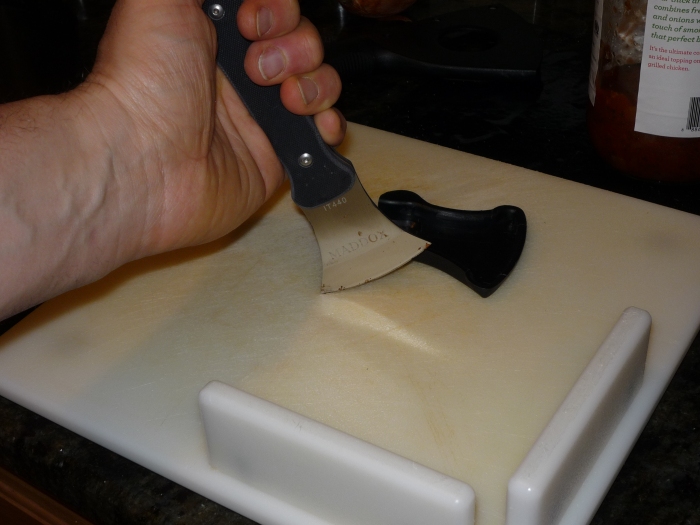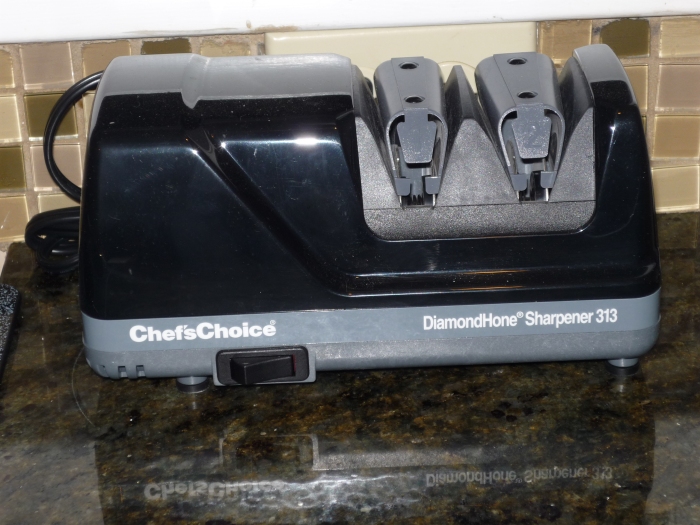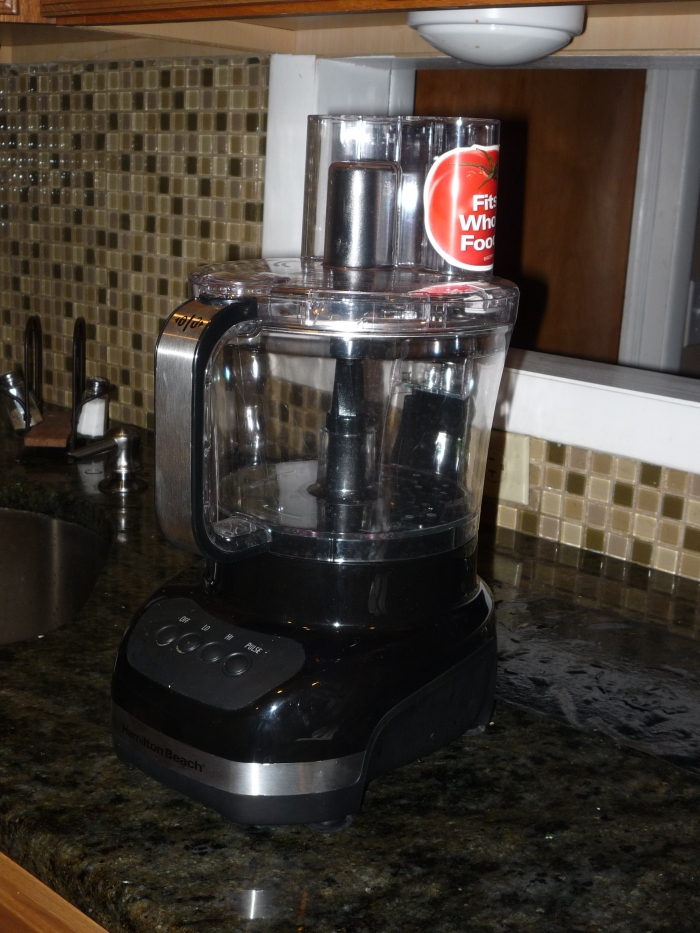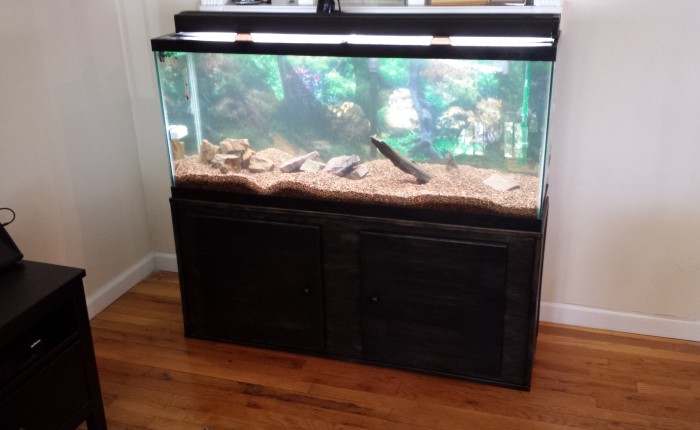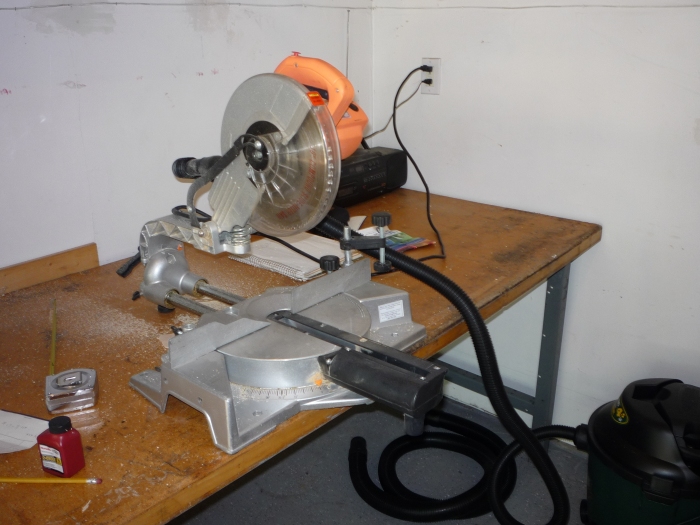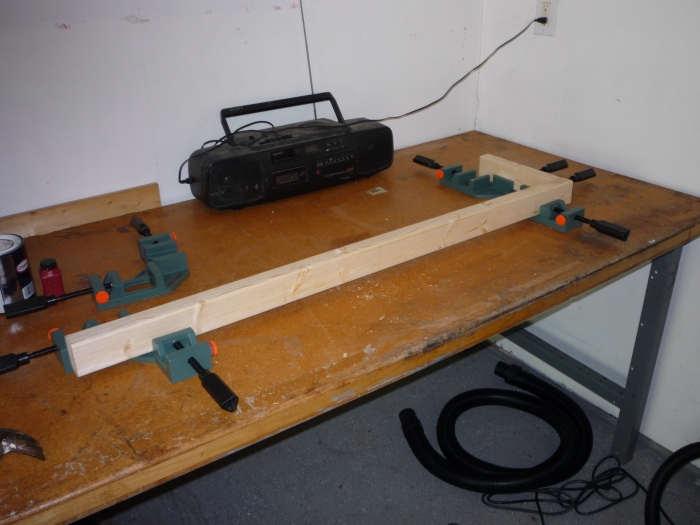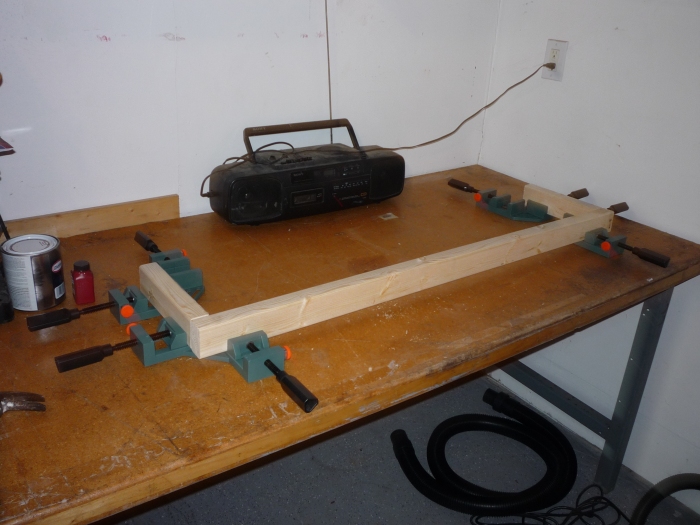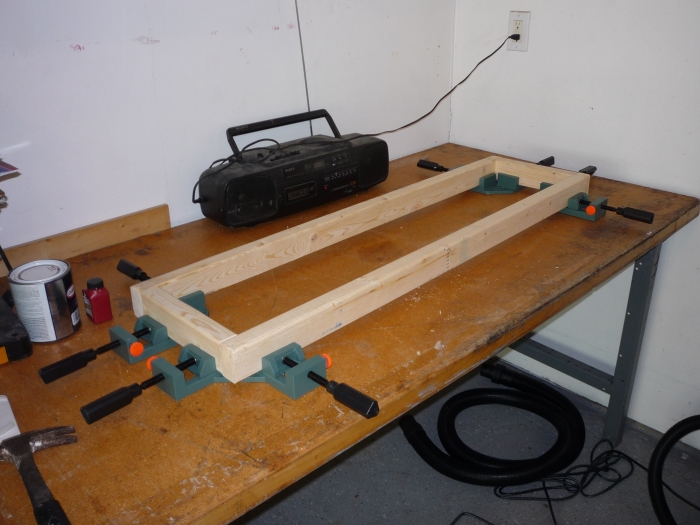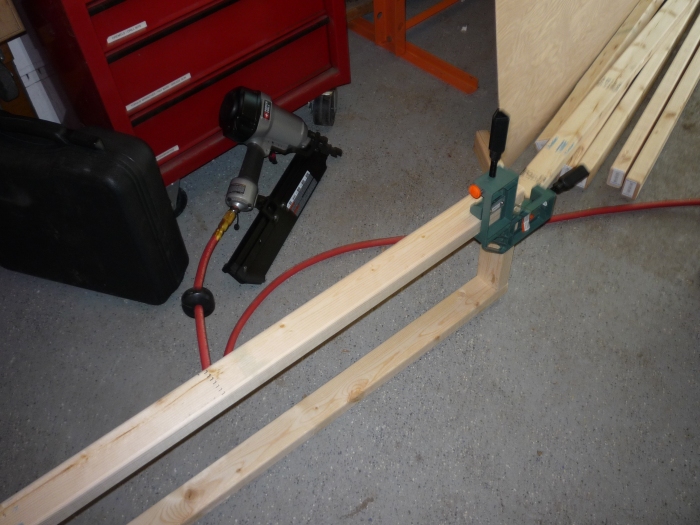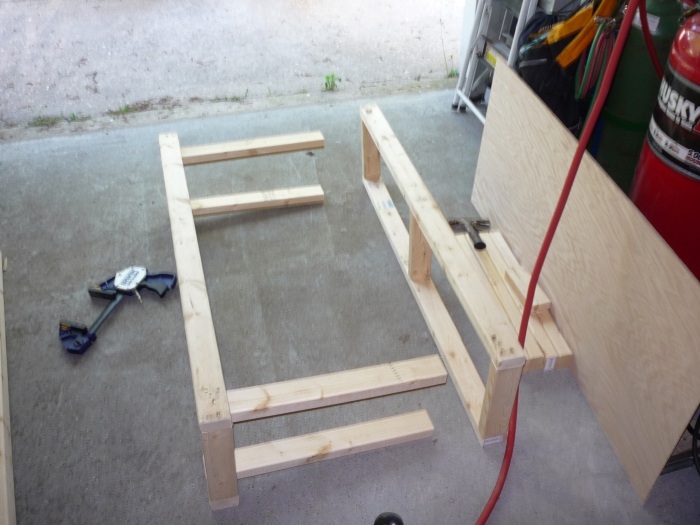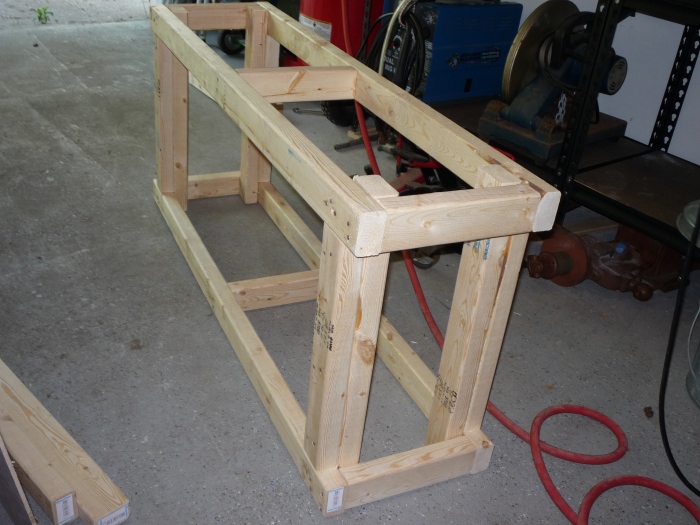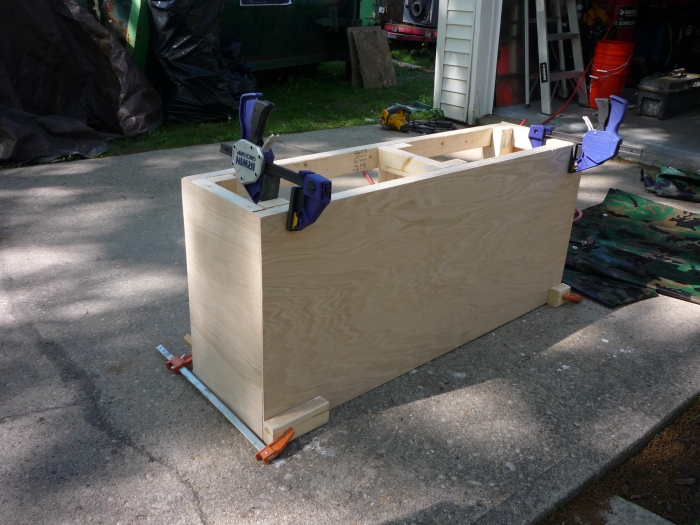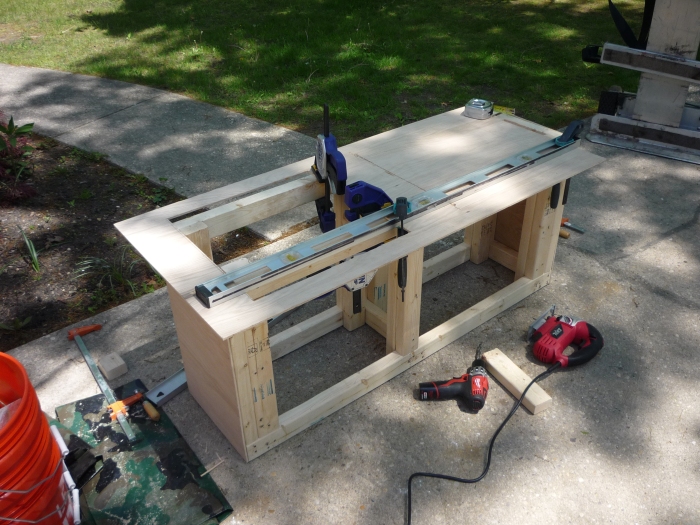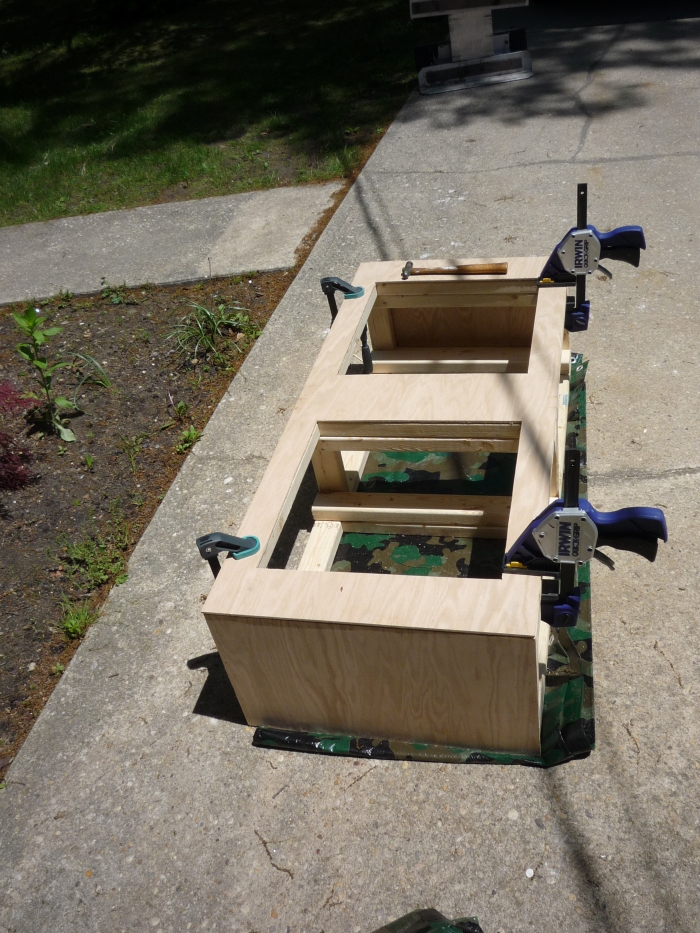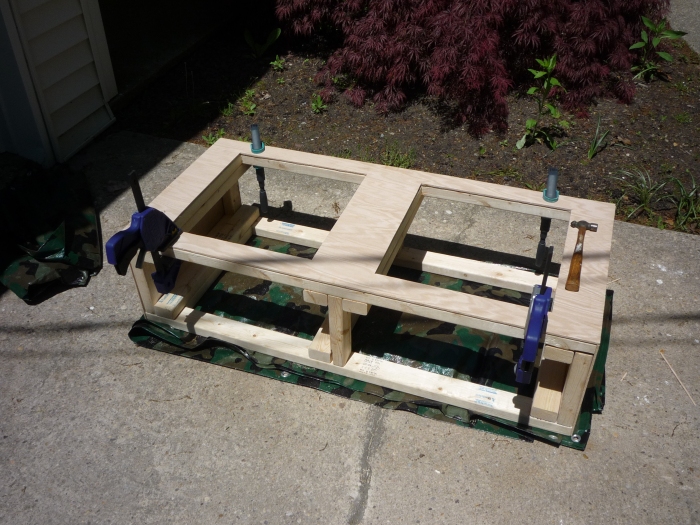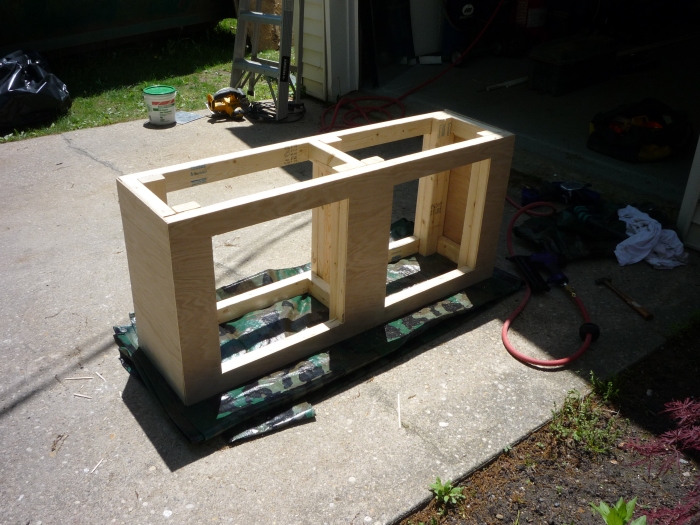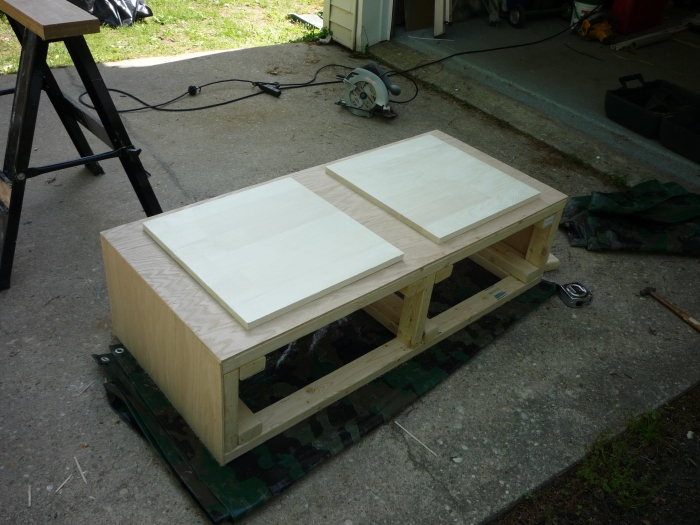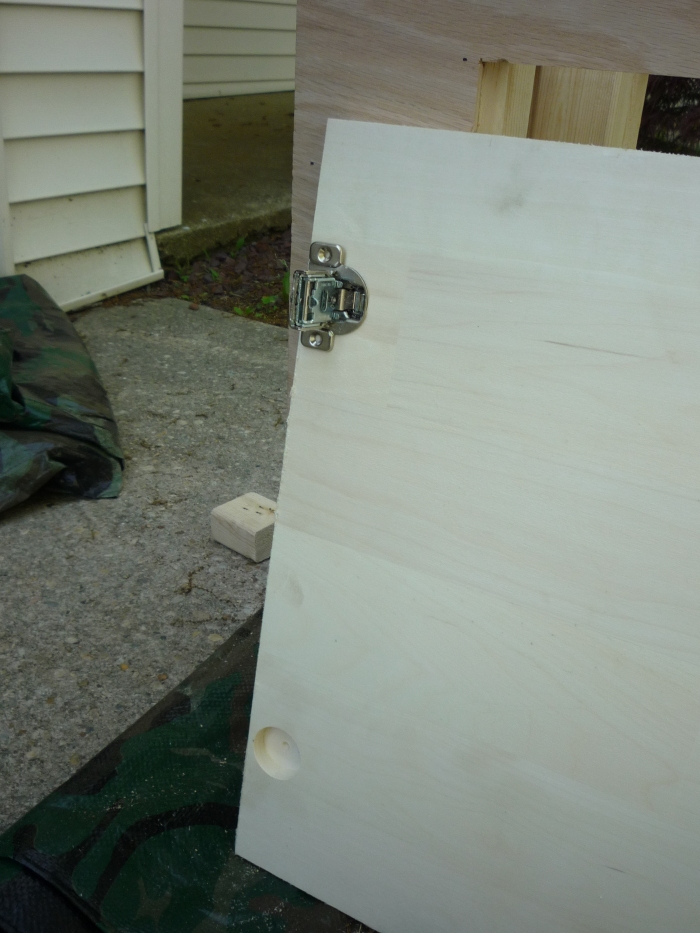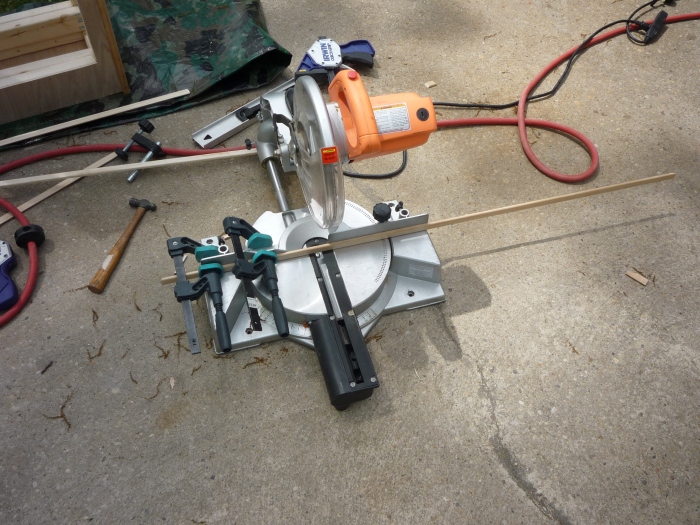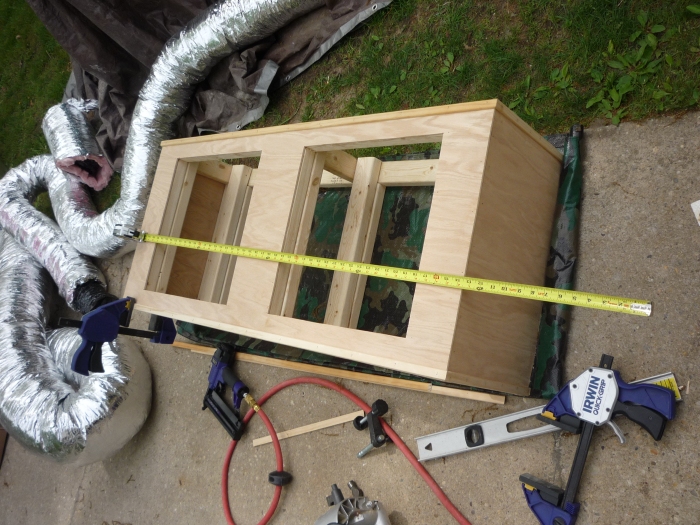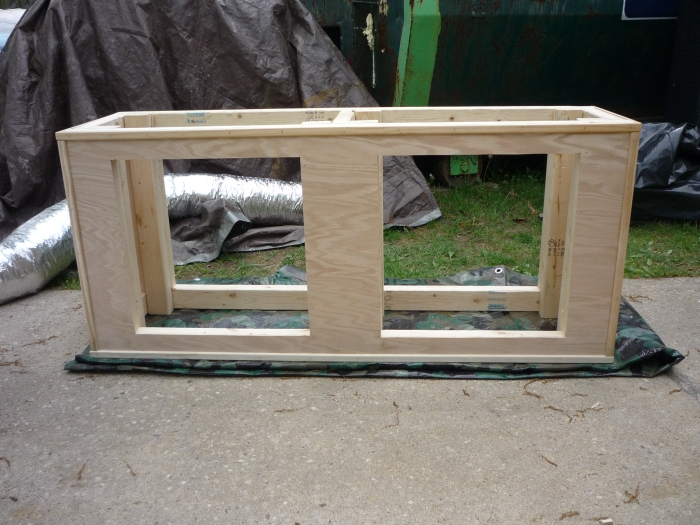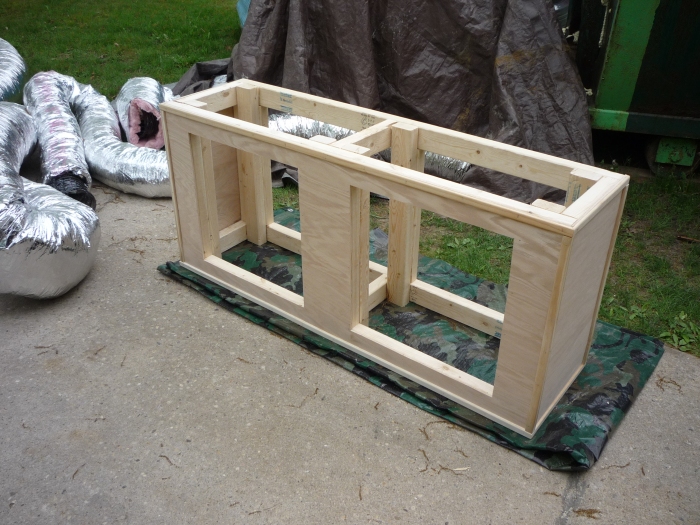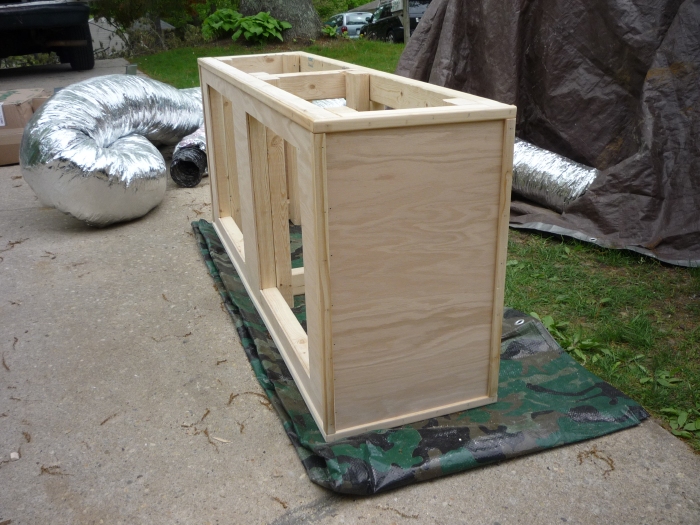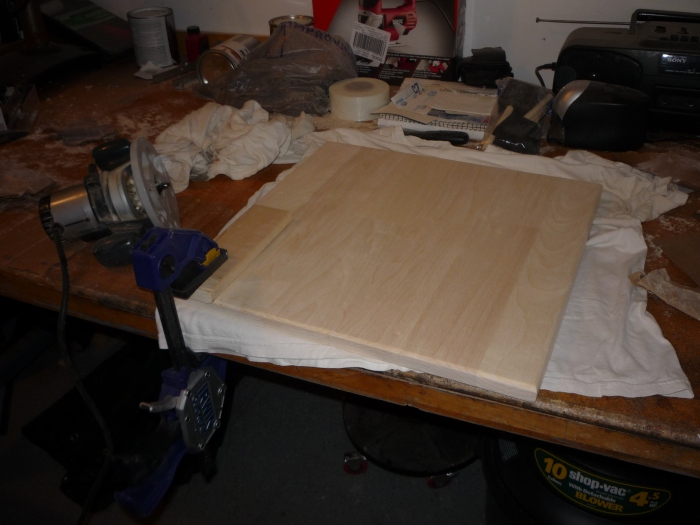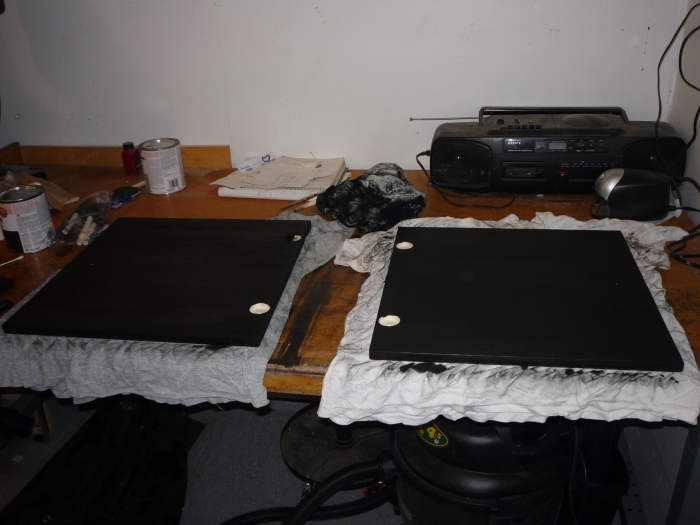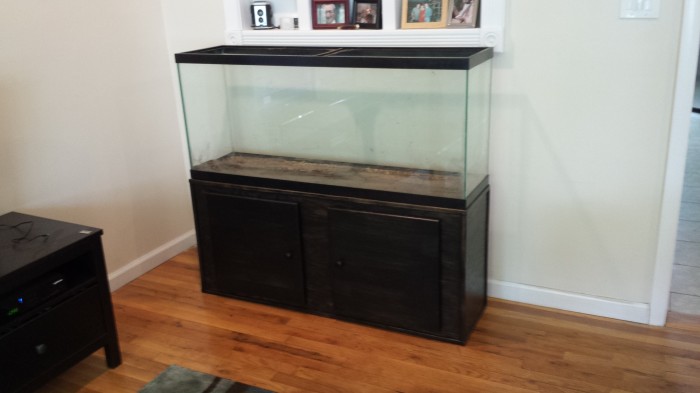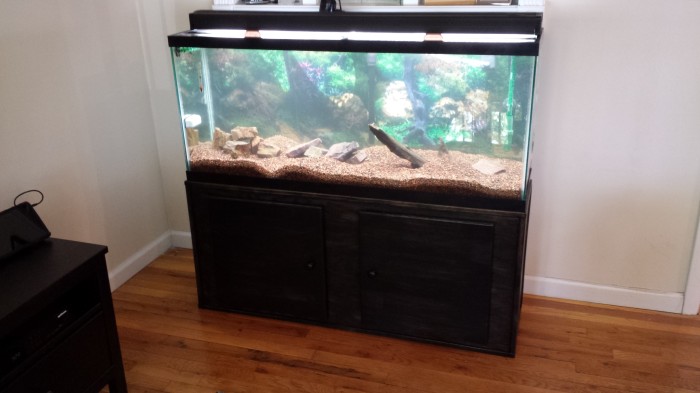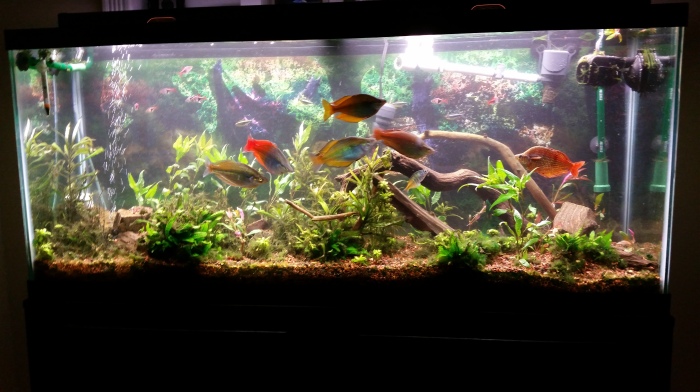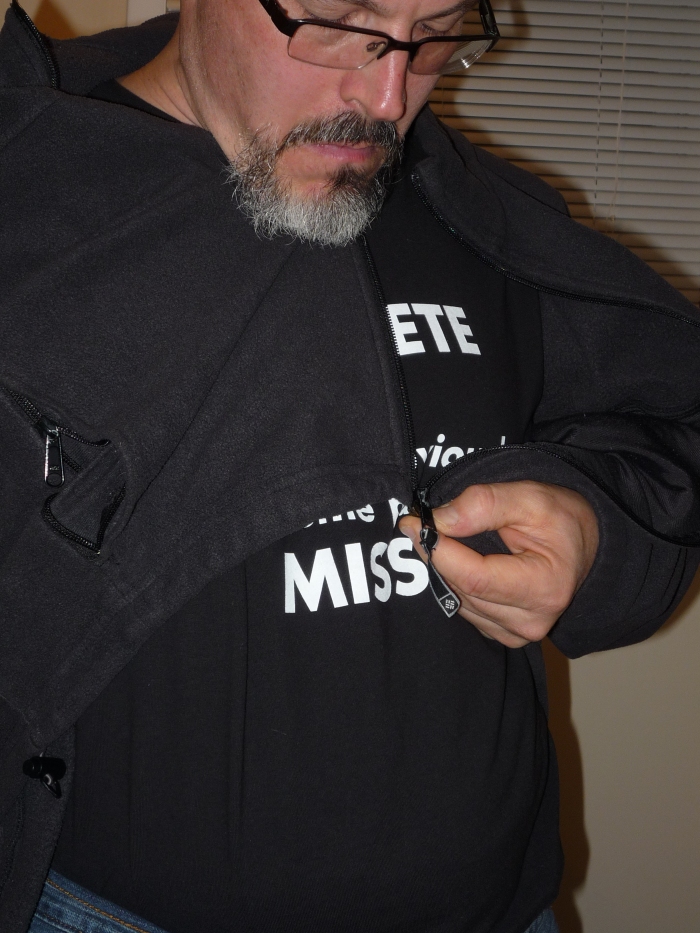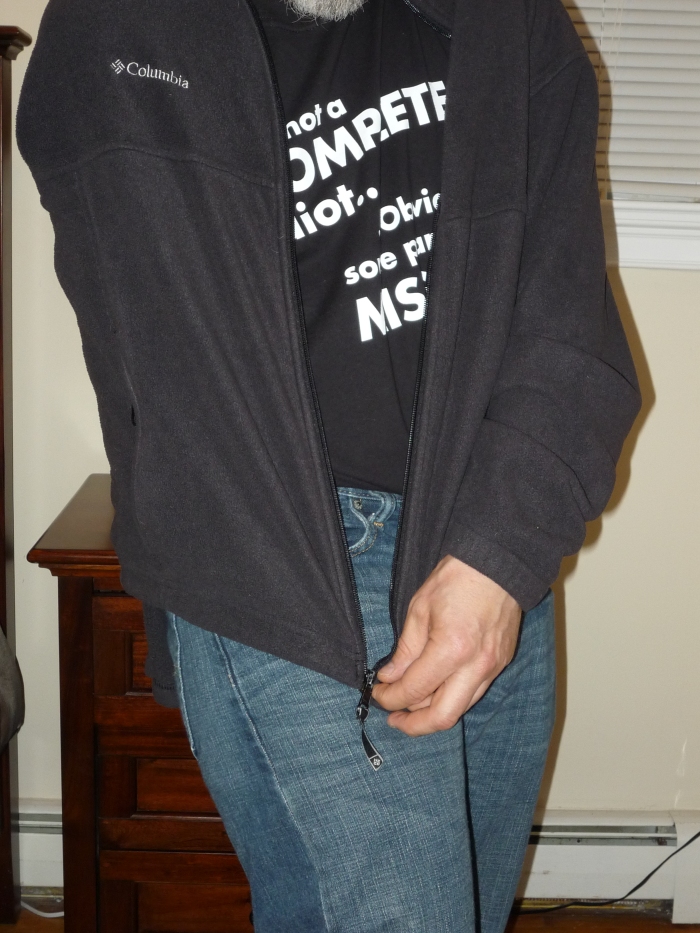Hello boys and girls, it’s been a while since I posted anything new. In fact it’s been more than a year. Life sorta got in the way. I’ve been thinking about getting back to this and so here it goes.
After lost my arm, one of the things that I tried to do on my own was tie my shoes. I was able to do it, but I was never able to get them tight enough to stay. Within 20 minutes they’d loosen, I’d try again and they’d loosen again. Wash rinse repeat. I’d be frustrated and as a grown man I was gong to find a way to do this myself.
So I looked for and found three basic solutions, the first are slip ons like my harness boots, sandals, etc. The second are stretchy shoe laces and the third are cord locks.
I won’t get in to the slip ons, I’m sure as an adult member of the reading public, I’d expect that you’ve come across those already.
When it comes to stretchy laces, most of these are made for sneakers. The first laces I found were a product called Lock Laces.
https://www.amazon.com/dp/B007DLVLBQ/ref=twister_B00975EAJ6?_encoding=UTF8&psc=1
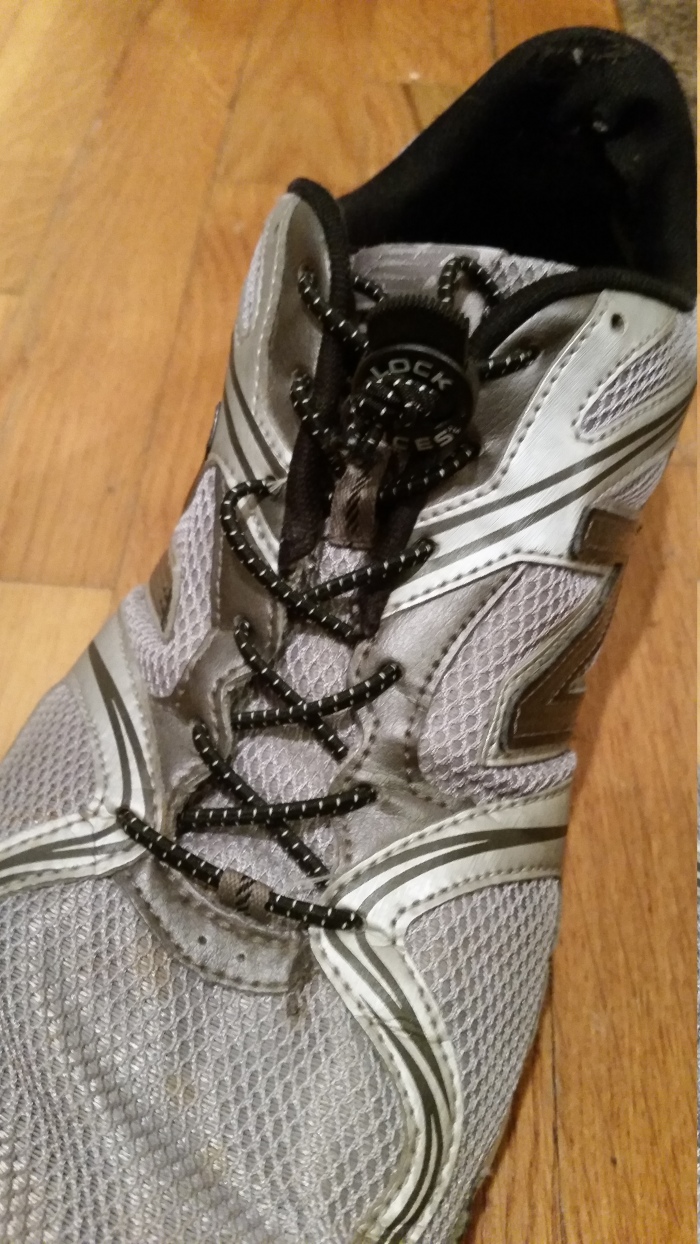
These work great, but my only problem with them is that they don’t come in solid colors. They all have the spots on them, which looks fine on sneakers, but not so much for anything else. For a while they were all I could find too. So I was using the Cord Locks that I’ll mention below.
After a while however, I found that a company called Nite Ize which makes all sortsa doo-hickies and tchotchkes started making stretch laces in their KnotBone system. These come in solid black and White among other colors. They’re also flat like regular laces. Which makes them far less noticeable and they can be put on dress shoes too. Here’s a picture of them on my sneakers. These laces have taken a beating and hold up.
https://www.niteize.com/product/KnotBone-Stretch-LaceLock-System.asp
https://www.amazon.com/dp/B00SY16Y6Q/ref=twister_B00U1HU872?_encoding=UTF8&psc=1

Also, since you can’t always just run down to the store for these, so I usually keep a couple extra pairs on hand just in case I get new shoes or a lace breaks.
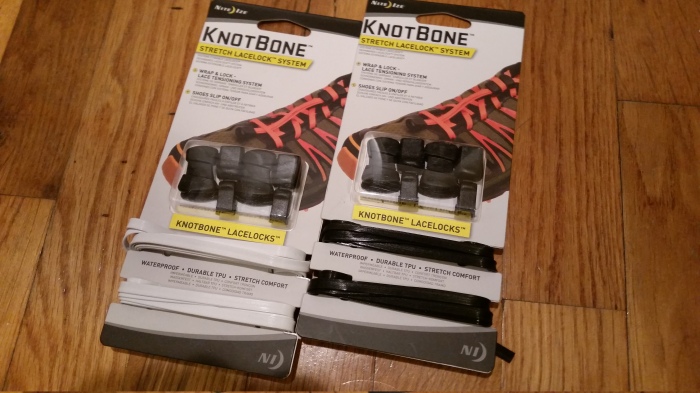
Now the stretchy shoe laces above will work for most shoes, however I also wear boots and these need longer laces than the stretchy ones come in. In this case I use Cord Locks. Most cord locks use springs and these can be hard to work one handed. It’s difficult to keep the spring depressed and pull the laces through in the same motion.
So I’ve been using these friction style cord locks.

The thing with these is that I’ve found them in all sorts of prices. On Amazon you have to buy a minimum of 25 which is going for $11.95 as I write this which is a really good price. At one point I think I remember paying $10 for a pair on an “Accessibility” (cough cough… healthcare… cough… rip-off…) website so shop around.
http://na.itwnexus.com/content/cord-lock%E2%84%A2-194
https://www.amazon.com/dp/B06W2JXW1Q?ref_=ams_ad_dp_asin_1&th=1&psc=1
Here’s what they look like on my boots. These have also stood up to a good thrashing as you can see.
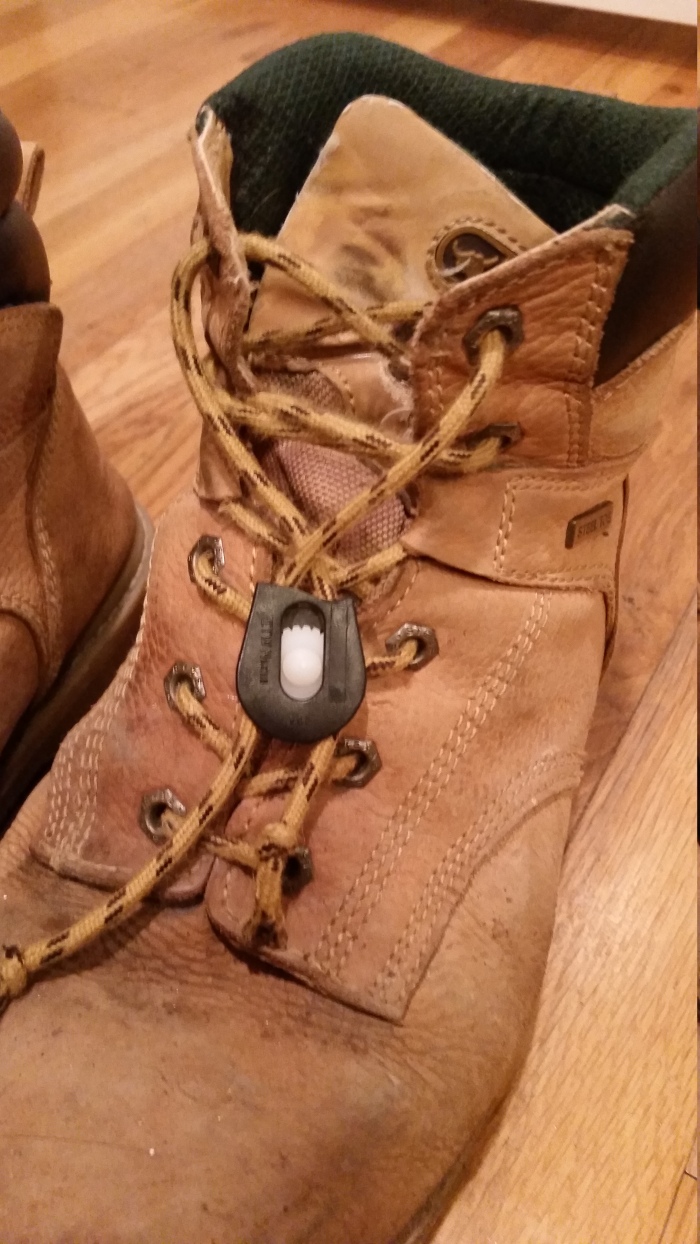
The stretch laces are pretty obvious on how to use them, but here’s a video of how I work the friction lock laces.
